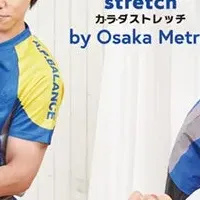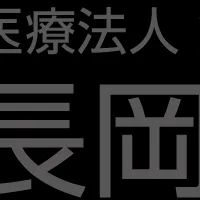
Revolutionizing Cancer Treatment: Precision Medicine's Impact on Pediatric Solid Tumors
Transforming Cancer Treatment in Children
Researchers at the Children's Hospital of Philadelphia (CHOP) and the Children's Oncology Group (COG) have made notable advancements in cancer treatment for children. Their recent study focuses on larotrectinib, an oral medication that has shown significant efficacy against infantile fibrosarcoma (IFS) and other solid tumors harboring the neurotrophic receptor tyrosine kinase (NTRK) gene fusion. This groundbreaking research was published in the Journal of Clinical Oncology and is a pivotal investigation into precision medicine, evaluating treatments based on genetic markers rather than the traditional approach of histology.
Background of the Study
Infantile fibrosarcoma is a rare form of soft tissue sarcoma that usually appears as a localized mass, and while surgical options exist, they are not always viable for infants with aggressive tumors. In such cases, chemotherapy is often the go-to treatment, though it carries risks of severe side effects that can threaten healthy development in young children. Larotrectinib was approved by the FDA in 2018 for tumors with the NTRK gene fusion, offering a newer avenue not tailored to specific tumor locations but rather targeting the genetic mutation present in the cancer itself.
Study Findings
The research involved 33 pediatric patients diagnosed between October 2019 and July 2022, with a split between those with IFS and others with various solid tumors. Patients were administered larotrectinib in cycles over a predefined schedule, with outcomes evaluated based on the percentage of tumor reduction within the initial six cycles.
The results were impressive:
- - The Objective Response Rate (ORR) was 94% for those with IFS and 60% for other solid tumors.
- - Two patients experienced disease progression during treatment, but overall, the two-year event-free survival (EFS) rates were notable at 82.2% for IFS patients and 80% for those with other cancers.
- - Moreover, the overall survival (OS) percentage remained high at over 90% across both categories.
This study positions larotrectinib as a leading option for first-line treatment for pediatric cancers associated with NTRK gene fusions, setting a new standard for designing treatment plans in pediatric oncology.
Expert Insights
Dr. Theodore W. Laetsch, the lead author of the study and a pediatric oncologist at CHOP, highlights the transformative implications of precision medicine: "This approach not only improves treatment outcomes but also aims to minimize the long-term consequences of chemotherapy, which can be severe in young patients. By personalizing treatment based on genetic mutations, we can offer more effective therapies and enhanced hope for families facing pediatric cancer."
Implications for Future Research
The success of this study underscores the necessity for further investigations into genetic markers and how they influence treatment effectiveness. Significantly, this study is a trailblazer in that it has enrolled patients with a variety of cancers based solely on genetic criteria, contrasting with previous trials focused specifically on certain cancer types.
Continued efforts in this direction are imperative, as they may lead to a more profound understanding of pediatric tumors and foster the development of transformative treatments that could further reduce the reliance on conventional chemotherapy.
CHOP's initiatives are fortified through various grants, including those from the NCTN Operations Center and contributions from foundations like St. Baldrick’s and Alex’s Lemonade Stand Foundation. As research progresses, the hospital remains committed to enhancing the lives of young cancer patients through innovative and less invasive treatment options.
For more information about the Children's Hospital of Philadelphia and their ongoing research, visit Children's Hospital of Philadelphia Website.
Topics Health)










【About Using Articles】
You can freely use the title and article content by linking to the page where the article is posted.
※ Images cannot be used.
【About Links】
Links are free to use.